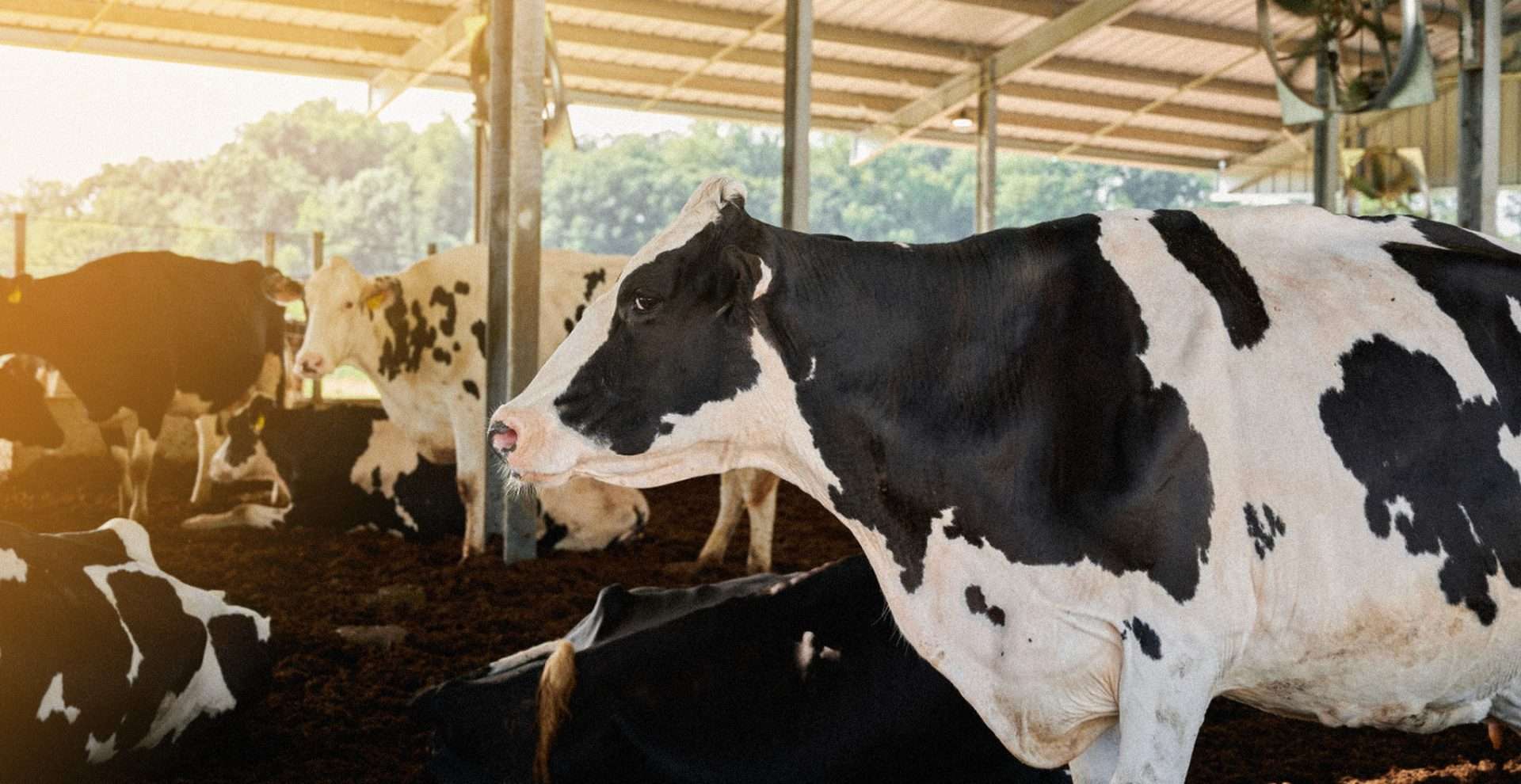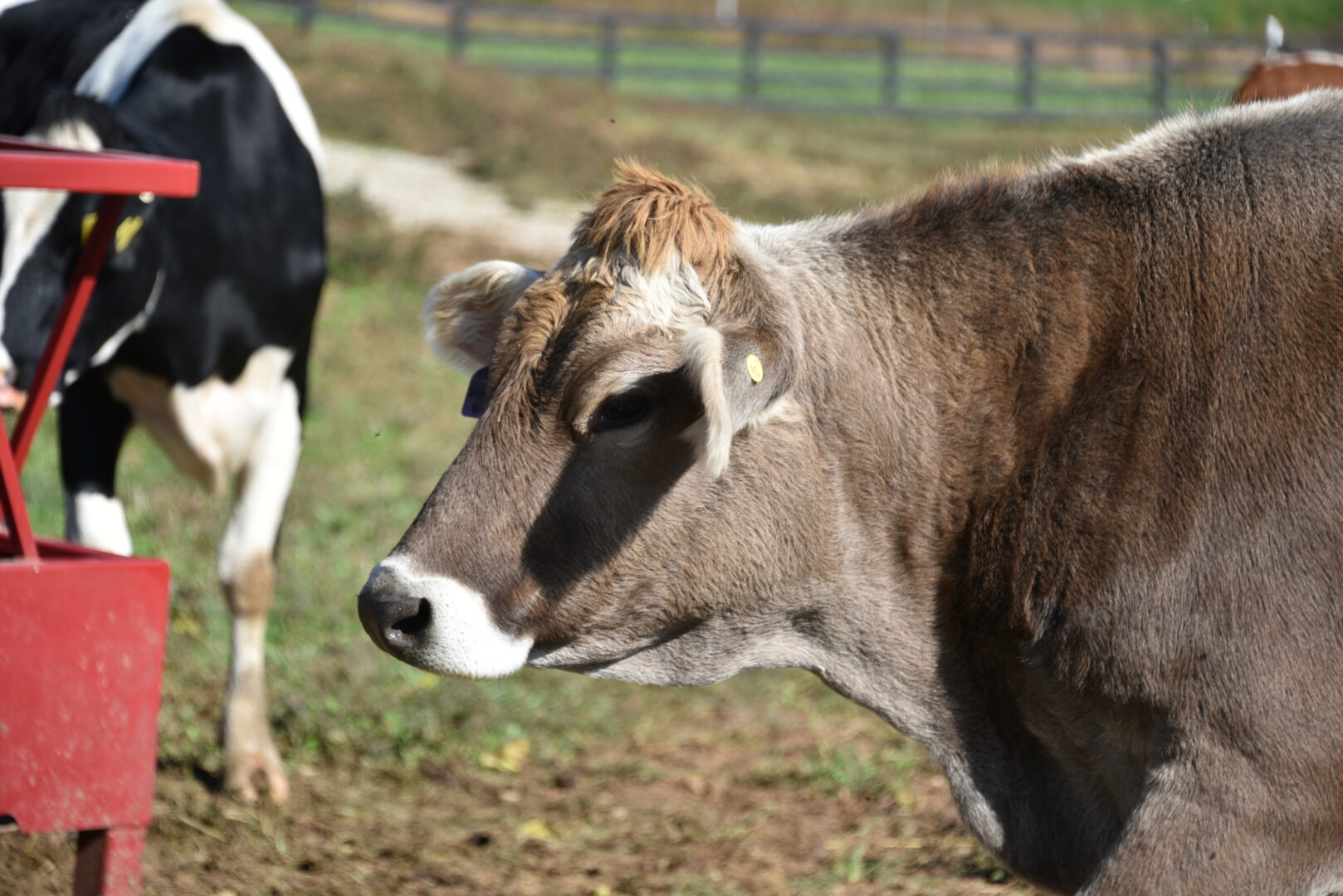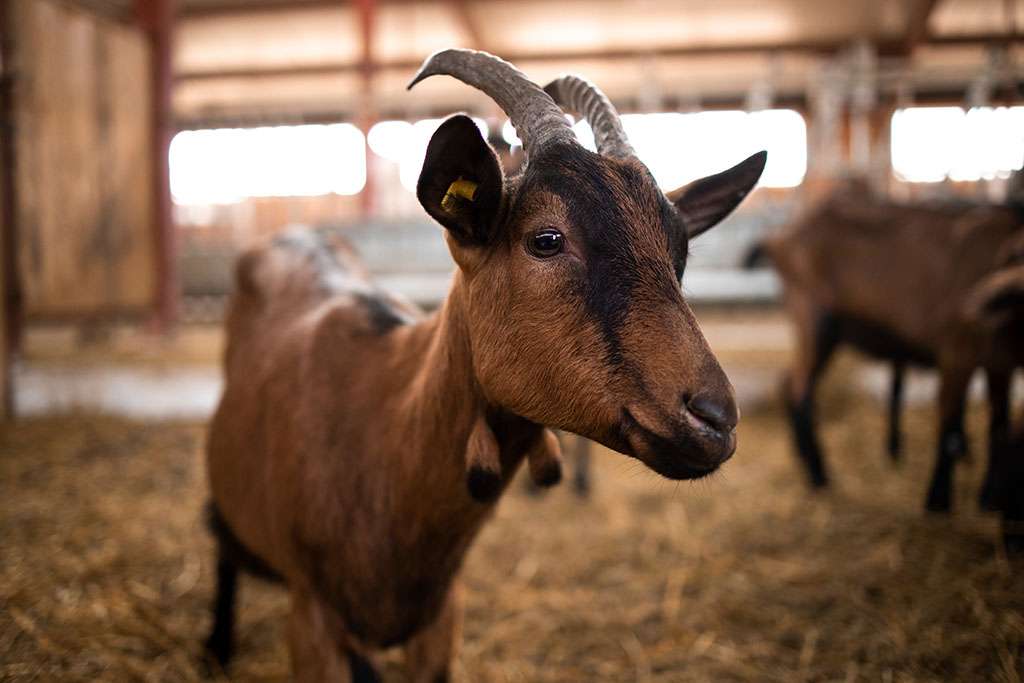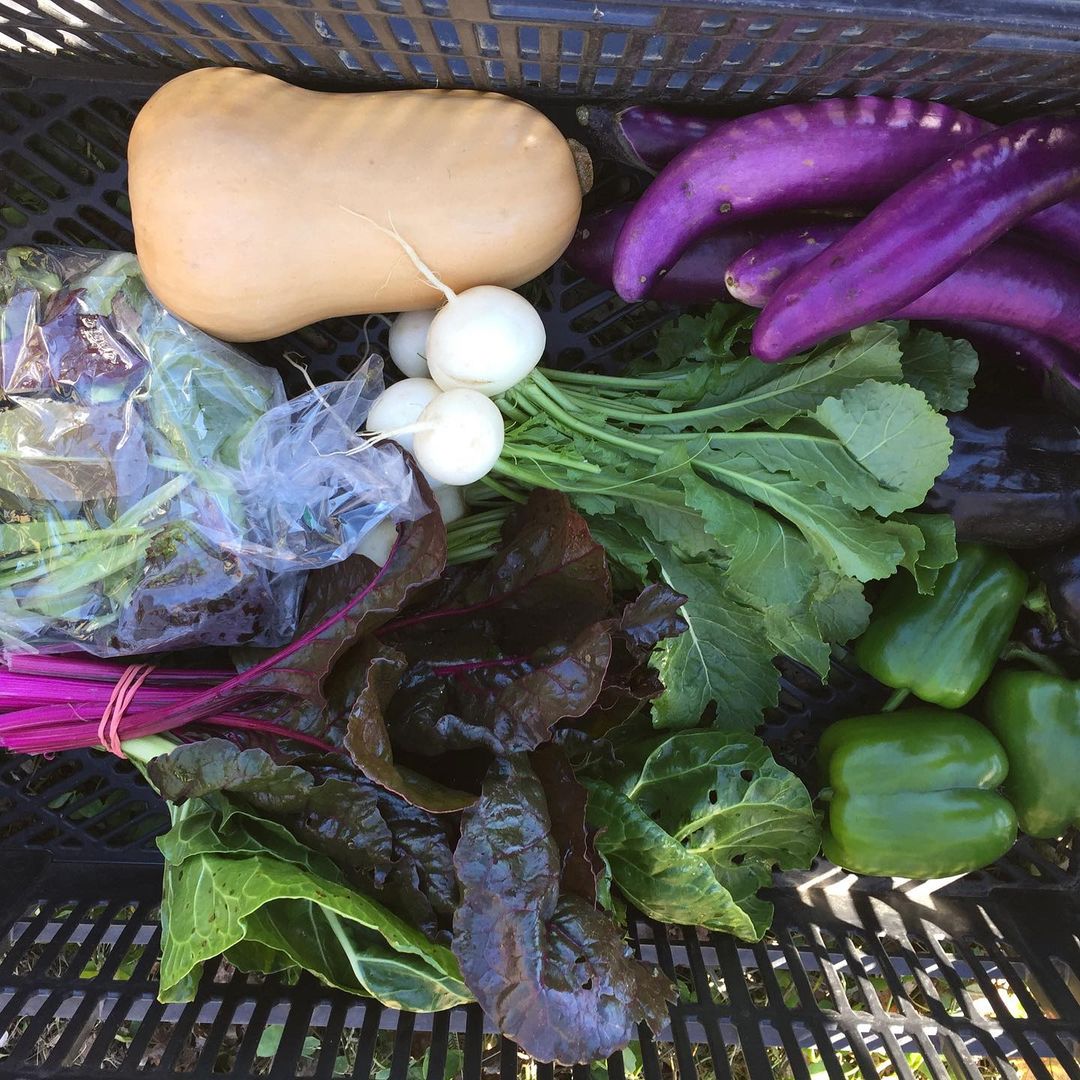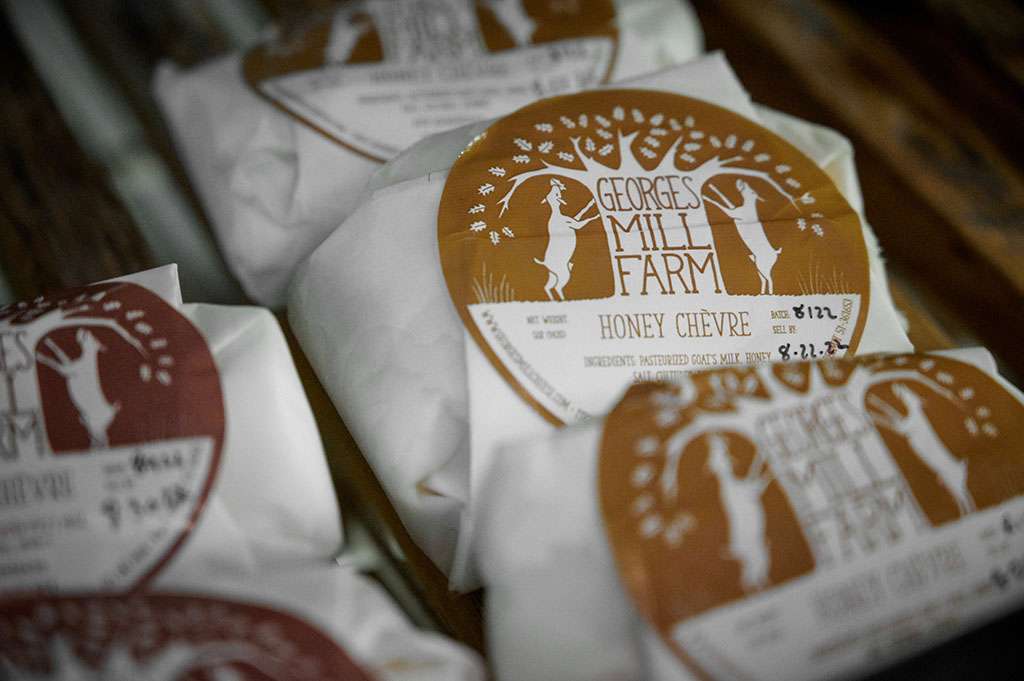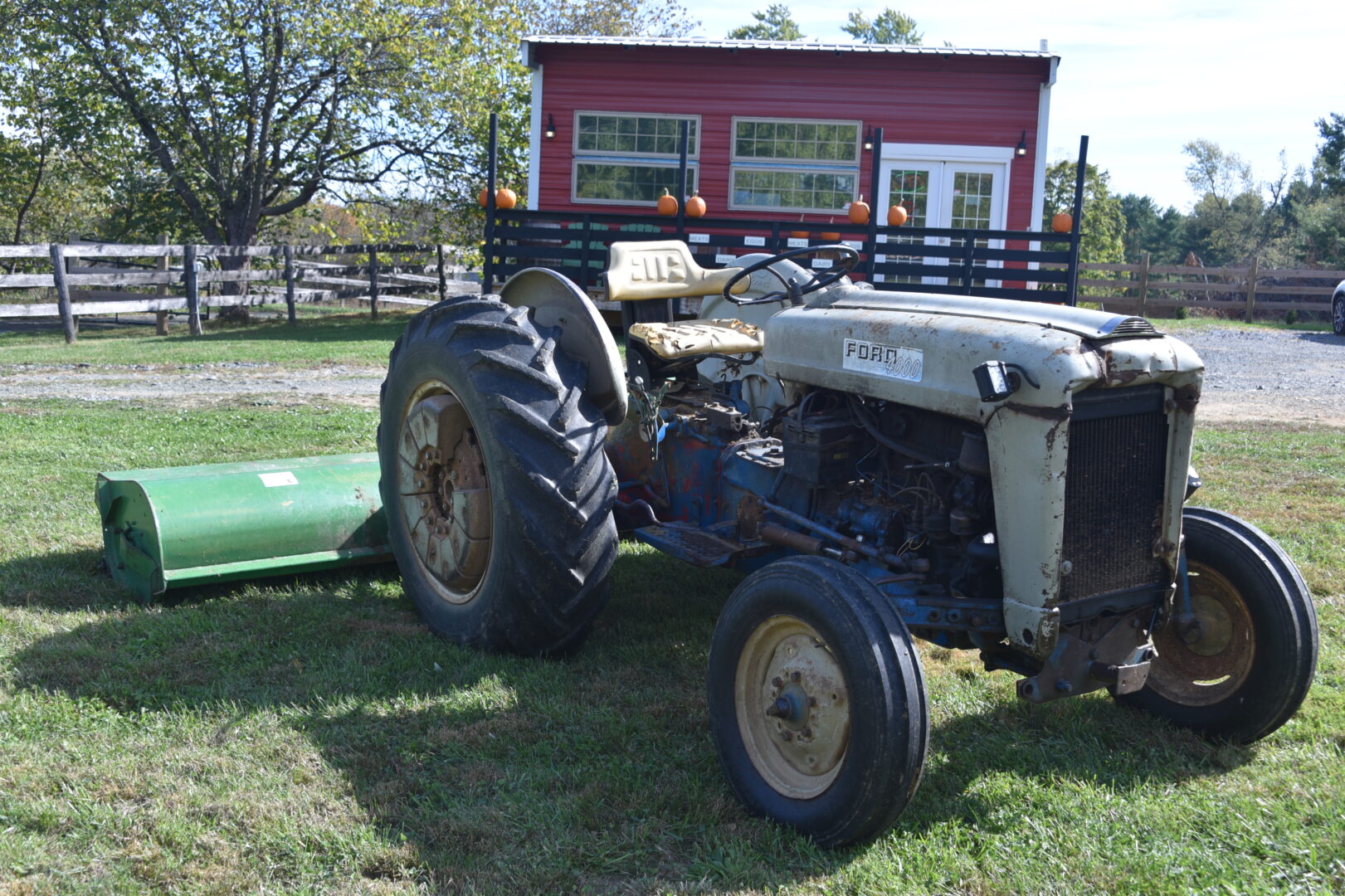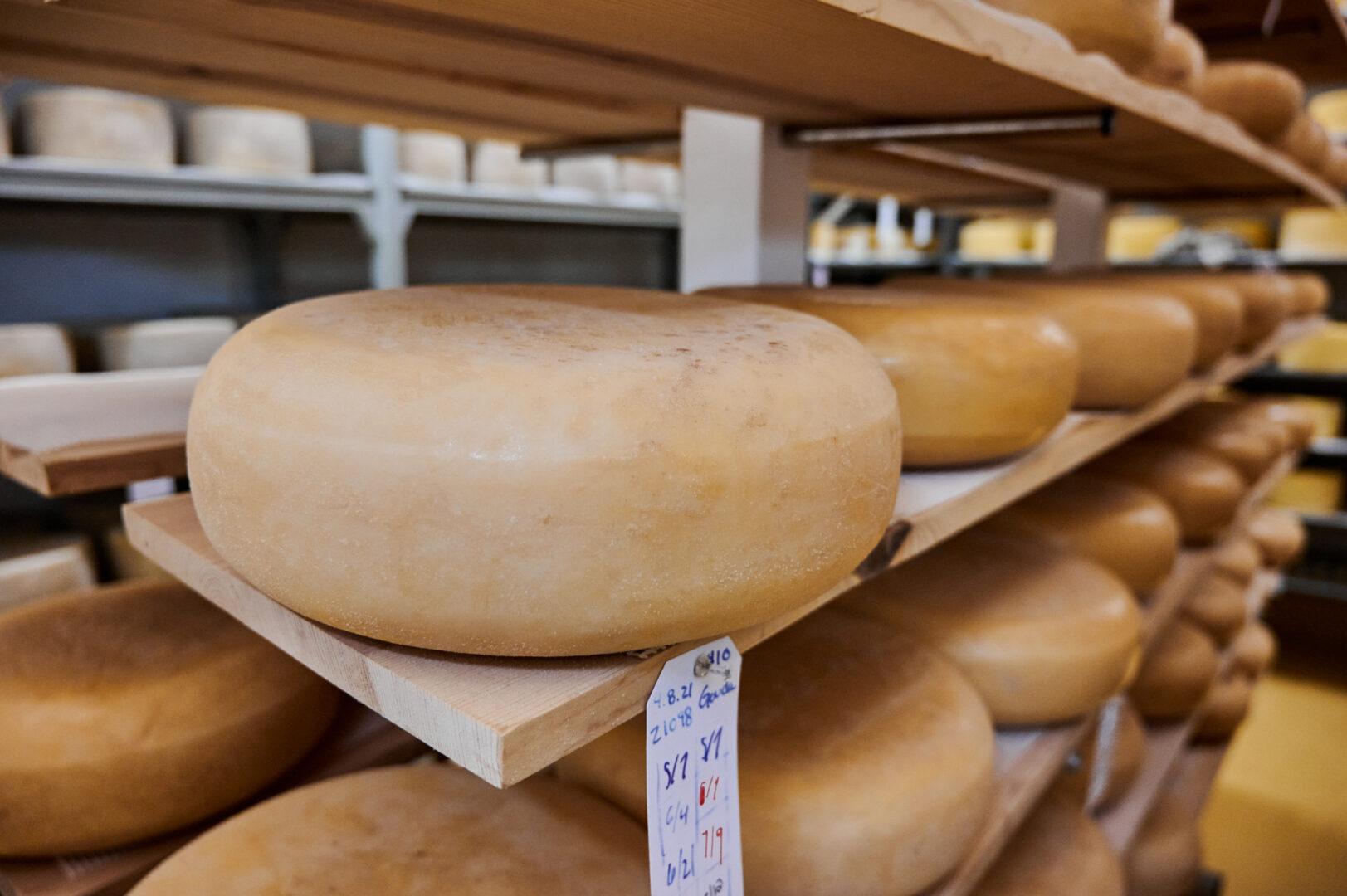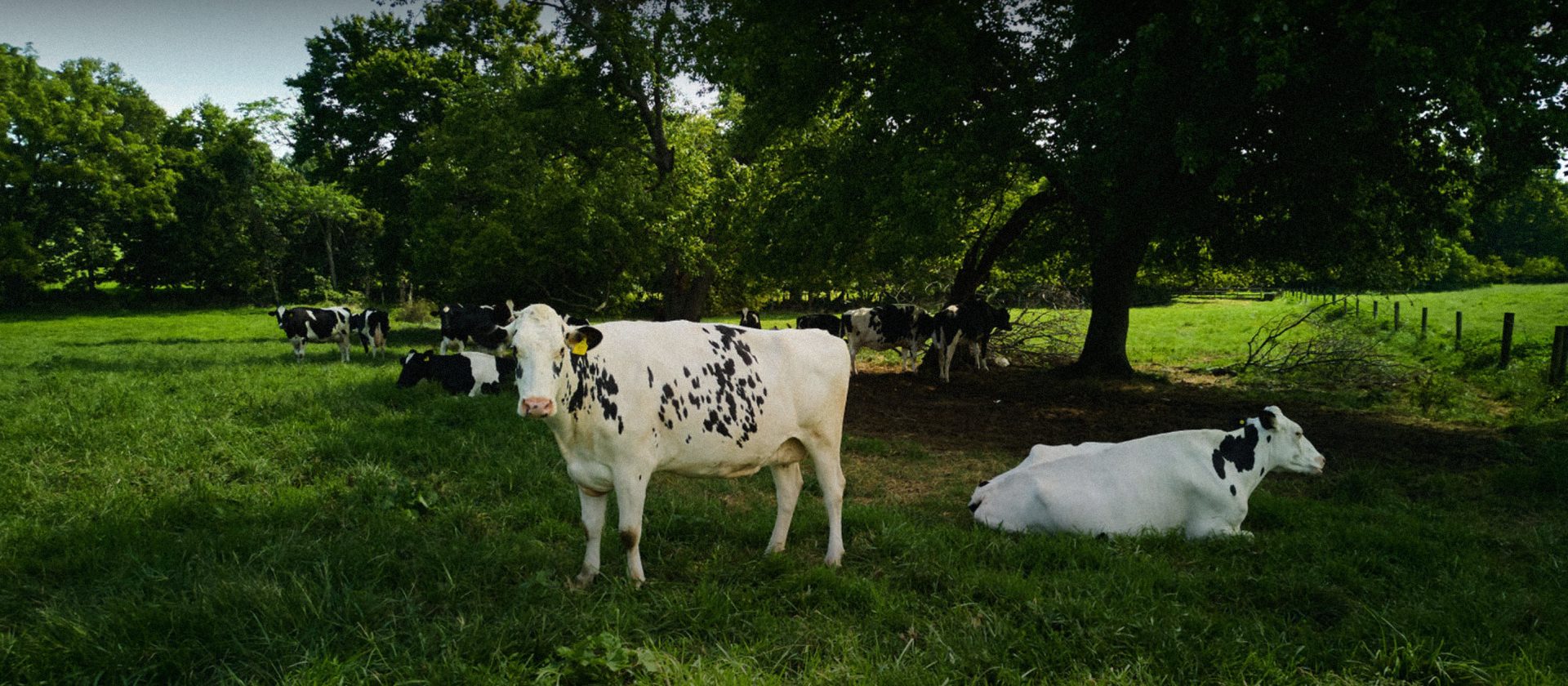
Dairy
Loudoun County has a long tradition of dairy production, including 405 cow dairy farms as recently as the 1950s. With the dramatic growth in population and other industries, dairy farming in Loudoun looks very different today, with most of the emphasis on goat dairy instead of cows. Goat dairy is extremely economical compared to cow dairy, both in what is required and what is produced. Dairy cows typically require up to two acres of land per cow, whereas goats require up to one-third of one acre per doe. While dairy cows can produce up to three gallons of milk per day, certain breeds of goats can produce up to a gallon, making for potentially better production on a smaller scale farm.
Health Benefits of Goat Dairy
Generally speaking, goat dairy is higher in protein and generally easier to digest. It also lends itself well to cheese production, ice cream, yogurt, butter and candles.
While it’s a bit of a myth to say goat milk is better for lactose intolerance, it is better for up to 40% of people who have a lactose sensitivity. Casein is a natural protein that is found in both cow and goat milk, but in different levels between the two. Some people who cannot handle cow’s high levels of Alpha S1 casein find relief in goat milk, which is higher in Alpha S2. Goat’s milk also tends to be less processed before consumption because it does not need to be homogenized (having the fat content broken down and blended). Goats milk is naturally blended, thus requiring fewer steps between the goat and you.
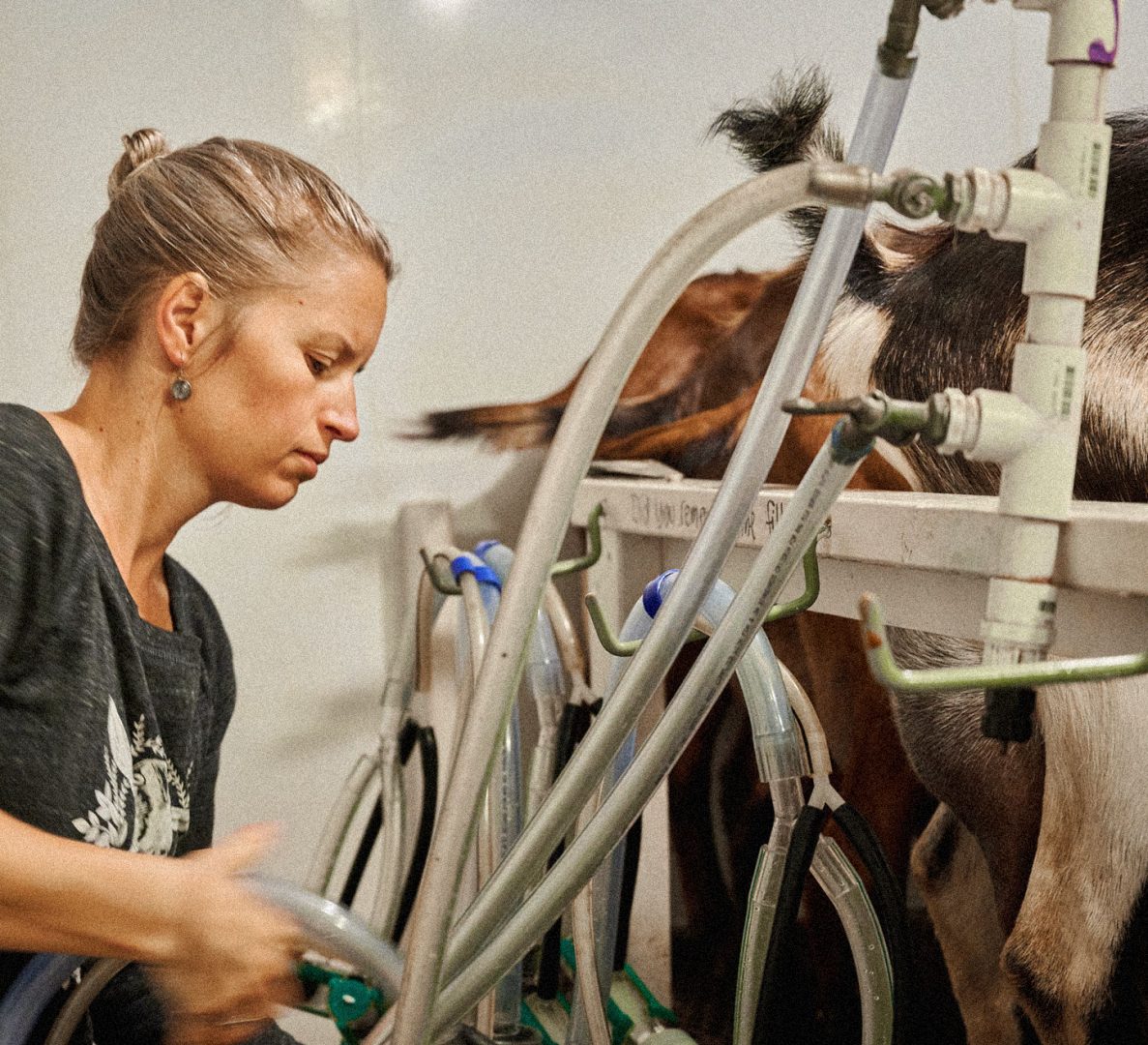
Find Local Dairy Farms
FUN FACT
A Loudoun-born bull named RORA Elevation, born in 1965, is a common ancestor for 95% of all Holstein cows alive today, or approximately 9 million offspring. He was named the Bull of the Century.
Goats Tread Lightly on the Environment

Goats are highly resourceful grazers, easily clearing pastures of grass, grain, leaves, twigs and small saplings below waist level. They also require less water for the same milk production as cows and other dairy counterparts. With a growing emphasis on methane production as it relates to climate change, you’ll be happy to know that goats produce a tiny fraction of the methane produced by larger bovine – sometimes as low as 5%.
On Loudoun farms, the natural microclimates and topography create unique vegetation and grazing opportunities that goats are only too happy to enjoy.
DID YOU KNOW?
Goat’s milk can also be turned into creamy caramel, like the decedent supplies at Georges Mill and Catoctin Creamery.
